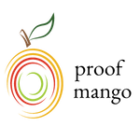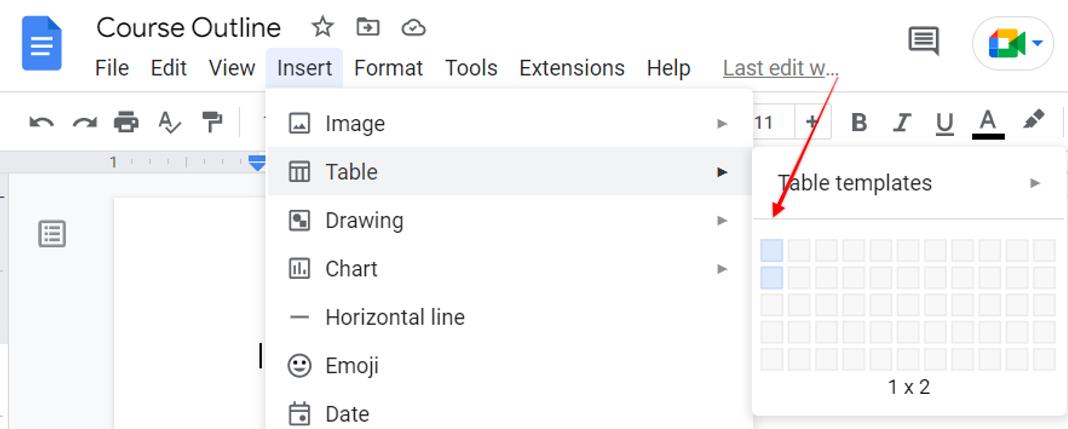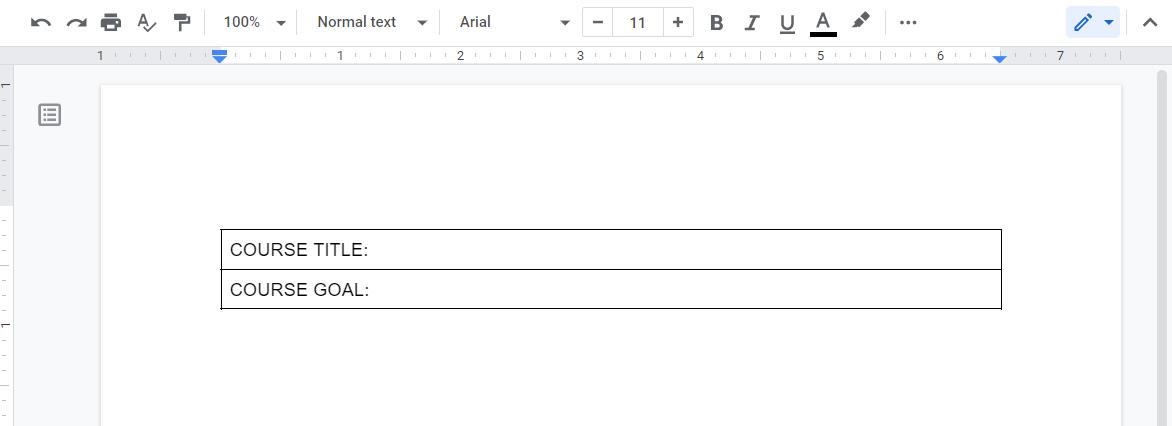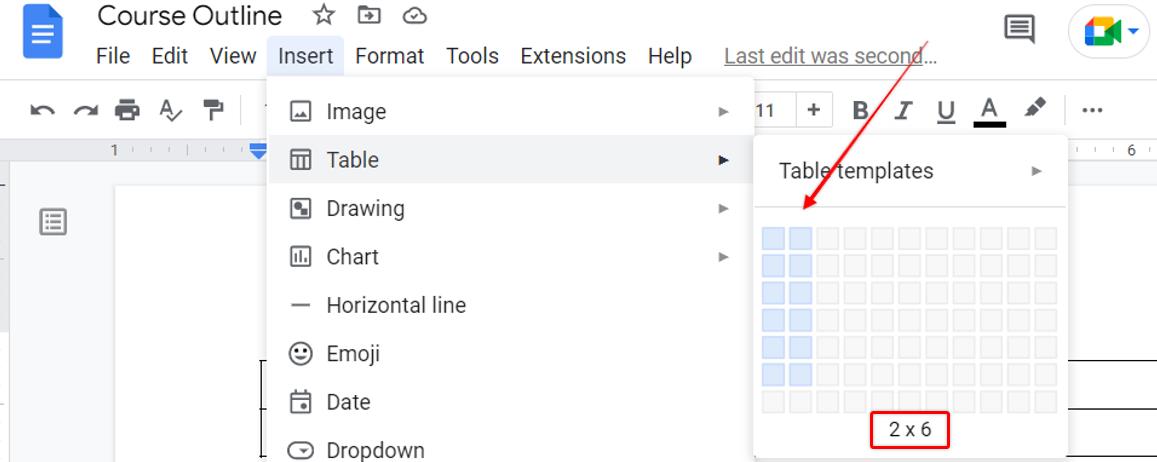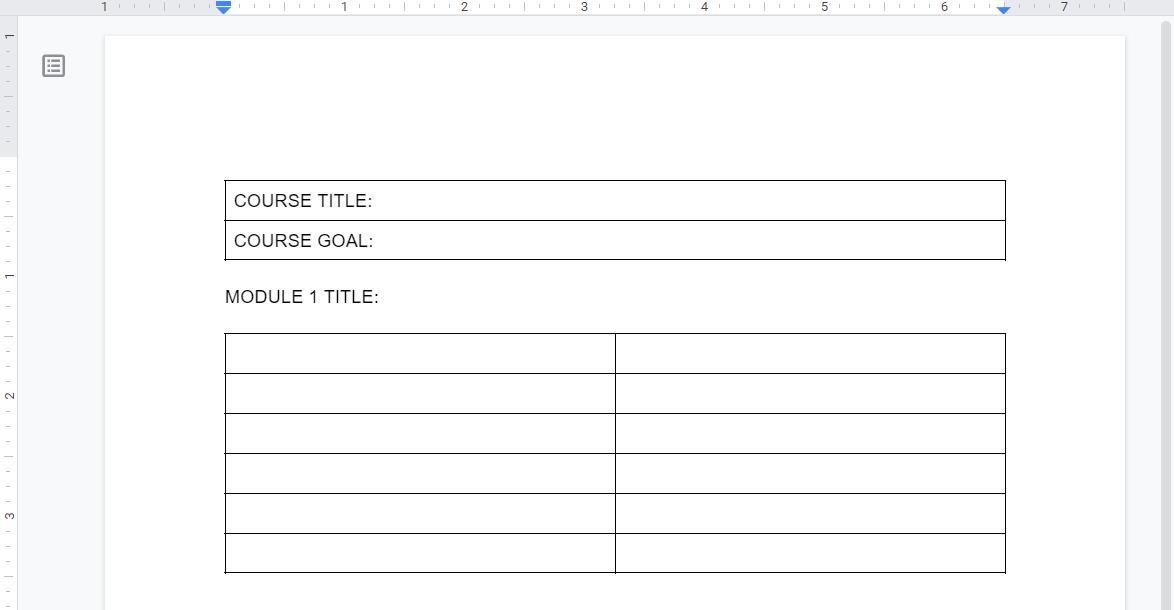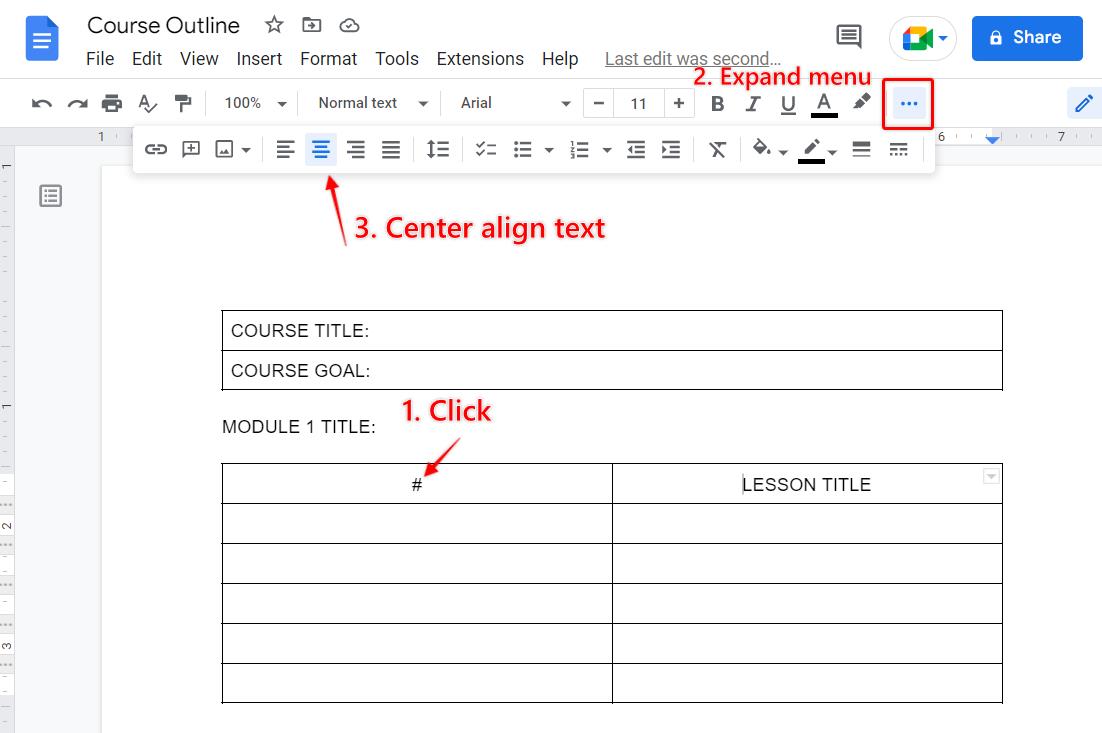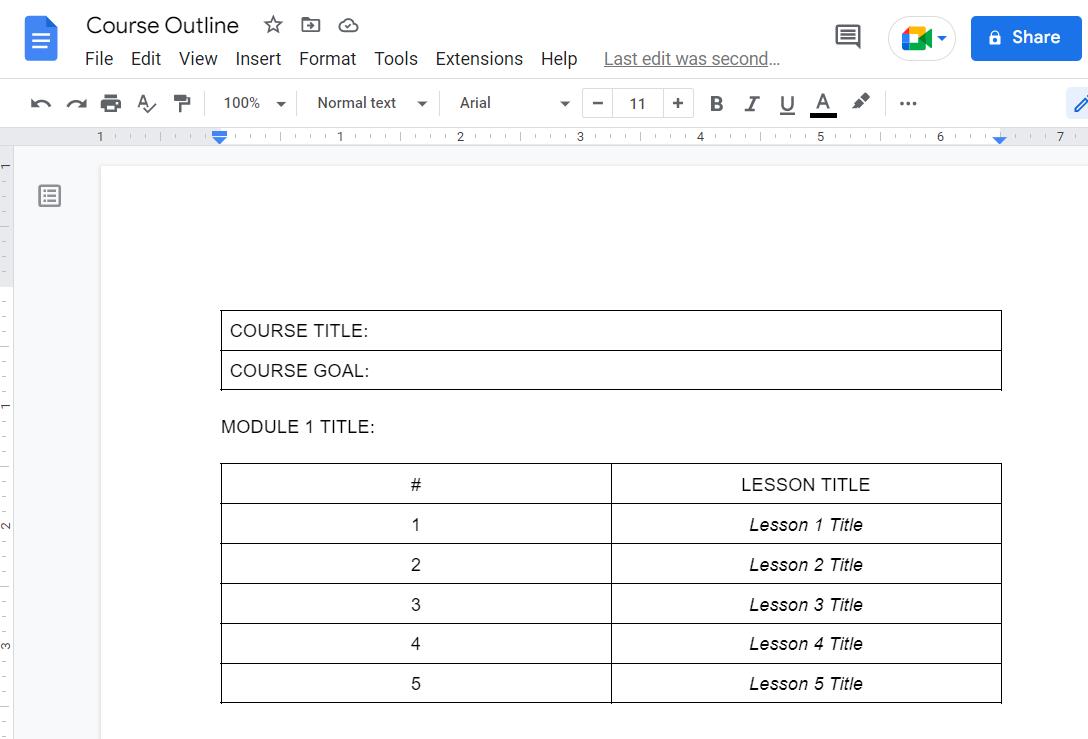It’s hard to outline a course when you have so many ideas.
What do you include? What do you leave out?
How do you know you’re including the right info?
There’s a simple way to do it inside of Google Docs if you already have a course idea.
Let’s learn.
Want a free course outline template? Download here.
How to Outline a Course in Google Docs [Free Template]
First, you need four things to outline a course:
1️⃣ Course title
2️⃣ Course goal
3️⃣ Learning domain
4️⃣ Learning domain content formula
I’m going to assume you already have a course topic that’s validated. If not, validate your course topic here first.
Before we outline our course, let’s make sure we have these four things locked and loaded.
This will make outlining our course much easier inside of Google Docs.
Pick Your Online Course Title
Course titles are easy to overthink. But at the end of the day, you just want something simple and easy to understand.
You have a few options to go with when deciding on your course title.
#1 You could make the result in the title:
1,000 Instagram Followers in 30 Days
Lose 20 Pounds in One Month
#2 You could add “school” or “academy” to what you teach:
Digital Course Academy
Developer School
#3 You could teach a beginner’s course and use that in your title:
Spanish for Beginners
Salsa Dancing 101
#4 You could do it in a before/after way:
Flabby to Fit in 6 Weeks
From Surviving to Thriving
Ultimately, your course title should pass the “crowded bar” test, which is:
If you tell someone your course title in a crowded bar and they immediately get it, go with that.
If you’re still stuck on a title, download 30 done-for-you course title templates to get your wheels turning.
Write Your Online Course Goal
Every online course needs a goal: What will your learner be able to do by the end of your course?
Writing a course goal requires two steps, and if you’ve validated your online course, the first step should be easy!
Step 1: Get clear on your audience’s problem.
What is your audience struggling with?
Name that problem.
Step 2: Align that problem with what you know how to do.
If your audience hates doing Facebook ads on their own, but you can do them like a pro, that’s a great problem to help them solve!
Once you know your audience’s problem and how you solve it, write your course goal by starting with:
By the end of this course, students will be able to _______________.
And when you say what they’ll be able to do, be sure to use an action word like drive, verify, explain, repeat, etc. (Use Bloom’s Taxonomy for inspiration.)
You don’t want your students to ‘know’ or ‘understand’ something because we can’t verify that.
Make sure they’re able to complete an action at the end of your course.
Download a worksheet to help you write your online course goal here.
Choose Your Learning Domain
Once you’re clear on your title and course goal, it’s time to choose a learning domain.
A learning domain is an area of learning, for example, motor skills would be a learning domain that you would use if you were teaching someone how to drive a car.
There are five learning domains to choose from:
1️⃣ Intellectual skills
2️⃣ Cognitive strategies
3️⃣ Motor skills
4️⃣ Verbal information
5️⃣ Attitudes
Your learning domain will dictate the content inside of your online course outline. So you can’t skip this step.
Not all course topics can be taught the same way if we want our students to really learn!
So pick a learning domain so you know exactly what to put in your course for your specific topic.
The 5 Learning Domains in Detail
To help you choose a learning domain, let’s discuss what each one means. That way, you can choose the right one for your course.
Intellectual skills: The intellectual skills learning domain teaches people how to do something step-by-step.
If your online course teaches someone a step-by-step method, similar to the method used to help someone bake a cake, your course would fall into this learning domain.
Cognitive strategies: The cognitive strategies domain teaches people how to learn.
If your course teaches people how to learn, similar to the method used to teach someone how to do well on the SAT, your course would fall into this domain.
Motor skills: The motor skills domain teaches people how to do something physical, like salsa dancing or driving a car.
If your course requires physical maneuvering, your course would fall under this domain.
Verbal information: The verbal information learning domain is for courses that teach topics that need to be spoken verbally to verify understanding.
For example, teaching someone a new language. If your course teaches someone something that they would have to speak to verify learning, then you’d have yourself a verbal information course.
Attitudes: The attitudes learning domain is all about behavior or mindset change.
If your course teaches someone how to change their mind or behavior about something, like getting over a bad breakup or quitting drinking, your course would fall into the attitudes learning domain.
Use Your Learning Domain’s Content Formula to Outline a Course
It’s important to decide on your learning domain before you outline a course. Because your learning domain will dictate:
1️⃣ How many modules your course will have
2️⃣ What to put inside of each of those modules
Every learning domain has its own content formula, per Rebecca Cuevas of Course Design Formula. You can use this formula to outline your online course after you’ve chosen a learning domain.
Below are the content formulas for each learning domain.
Intellectual Skills Learning Domain Formula
If you have a ‘how-to’ course that teaches similarly to the way someone would teach how to bake a cake (step-by-step), outline your course in the following way:
⏭️ Module 1: Ingredients (What do students need to get started? These will be your lessons in this module.)
⏭️ Module 2: Concepts (What concepts should students know/understand to do what you’re teaching?)
⏭️ Module 3: Rule (Teach the steps or rules students need to do what you’re teaching)
⏭️ Module 4: Exceptions (Teach any exceptions to the rule you just taught them)
Cognitive Strategies Learning Domain Formula
If your course teaches students how to learn, similar to teaching how to study or how to tell if someone is lying, outline your course in the following way:
⏭️ Module 1: Explain the strategy (How does it work and what are the steps?)
⏭️ Module 2: Provide practice (Provide guided practice for students to do this on their own)
⏭️ Module 3: Provide feedback (Offer feedback, did students do the strategy correctly?)
Motor Skills Learning Domain Formula
If your course teaches a motor skill like driving a car or learning how to do salsa dancing, outline your course in the following way:
⏭️ Module 1: Individual movements (Teach each individual movement of the skill)
⏭️ Module 2: Movement routine (Teach students how to combine the movements all together)
⏭️ Module 3: Practice (Guide students on how to practice without help from you)
⏭️ Module 4: Provide feedback (Give feedback on how your students did)
⏭️ Module 5: Ongoing practice (Teach students how to practice over time so it becomes automatic)
Verbal Information Learning Domain Formula
If your course teaches information that needs to be said verbally to determine understanding, like teaching a language, you would outline your course by chunking one topic per module.
For example, if you were teaching how to identify the different parts of a car, you might outline your course this way:
⏭️ Module 1: The engine
⏭️ Module 2: The tires
⏭️ Module 3: The radiator
⏭️ Module 4: Filters and receptacles
Attitudes Learning Domain Formula
If your course is teaching a behavior or mindset change, like how to get over a breakup, you would outline your course this way:
⏭️ Module 1: Wrong attitude (Share lessons about the wrong attitude to have)
⏭️ Module 2: Right attitude (Share lessons about the right attitude to have)
⏭️ Module 3: Role models (Lessons about people who are doing things right)
⏭️ Module 4: Find motivation (Help students connect with their ‘why’)
⏭️ Module 5: Ongoing support (Where and how can students find long-term support)
Use Google Docs to Outline a Course
Now that you’ve chosen a learning domain and you know which content formula to use, open Google Docs to outline your course.
Step 1: Head to docs.google.com.
Step 2: Click Insert > Table > Click two boxes under Table templates (vertically)
Step 3: In the two boxes that appear, type “COURSE TITLE” and “COURSE GOAL”.
Step 4: Click anywhere underneath the boxes, and type “MODULE 1 TITLE.”
Step 5: Go to Insert > Table > Move your mouse down the left two columns of boxes until you see “2 x 6” appear at the bottom. (You can adjust this based on the number of lessons you have.)
After that, it should look like this:
Step 6: In the top row, type “#” in the left-hand column and “LESSON TITLE” in the right-hand column. Center align the content so it looks nice.
Step 7: Fill in the left-hand column with your lesson numbers and the right-hand column with your lesson titles.
Step 8: Copy everything from “MODULE 1 TITLE” and below, and paste it below the content above for each module in your course. And you’ve got your course outline in Google Docs!
If you want to skip this part, download a free, ready-made online course template in Google Docs here.
